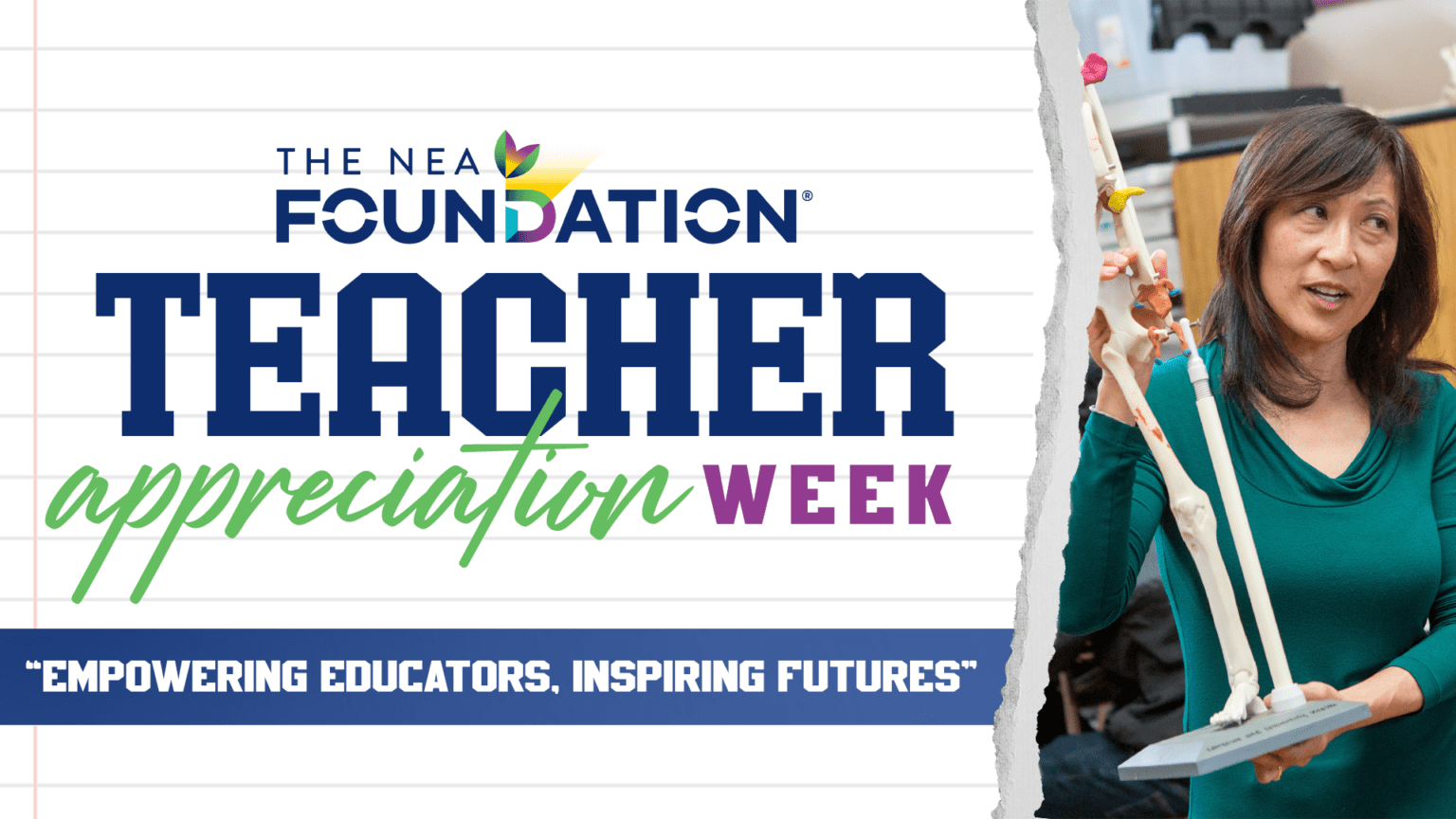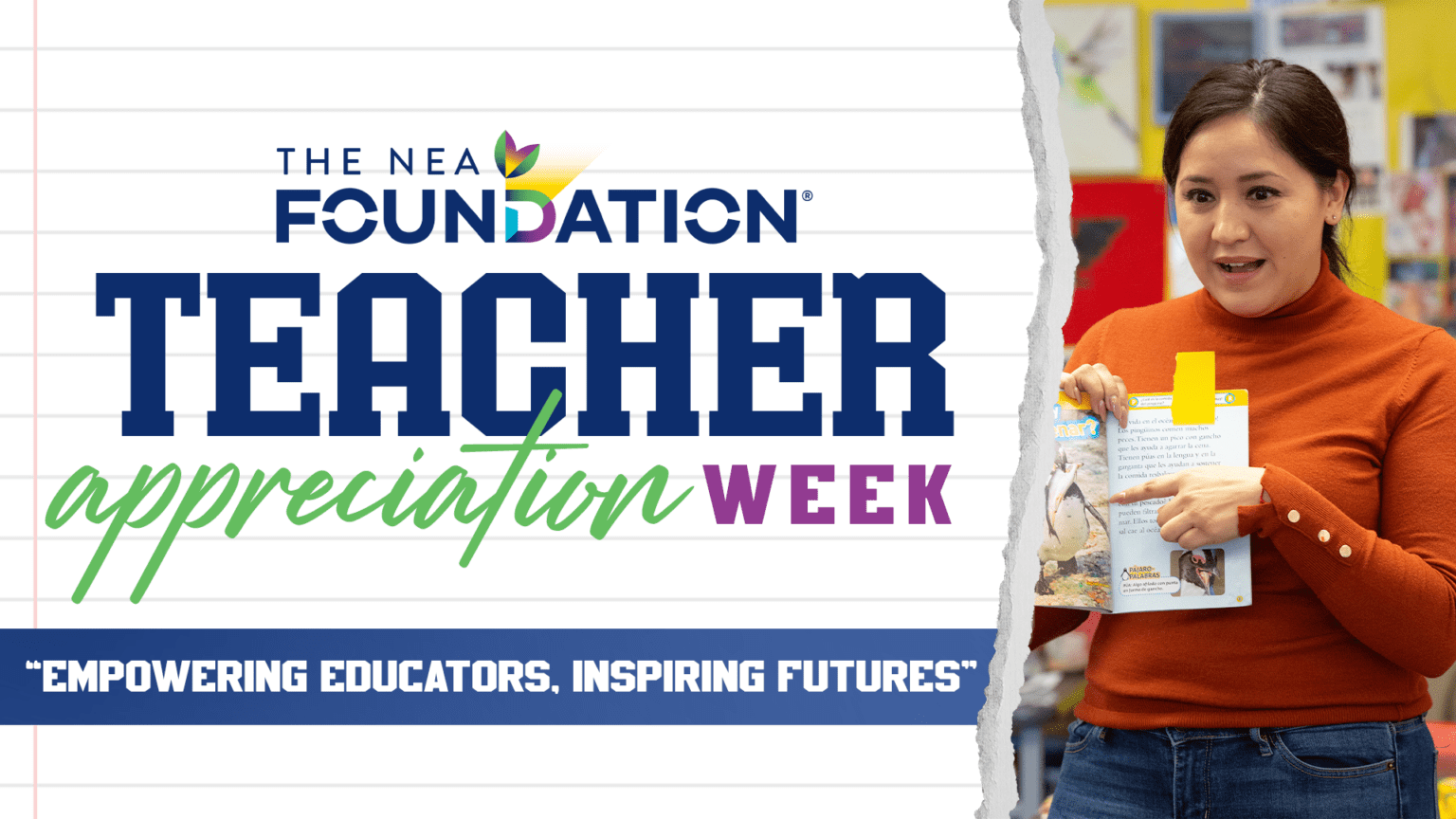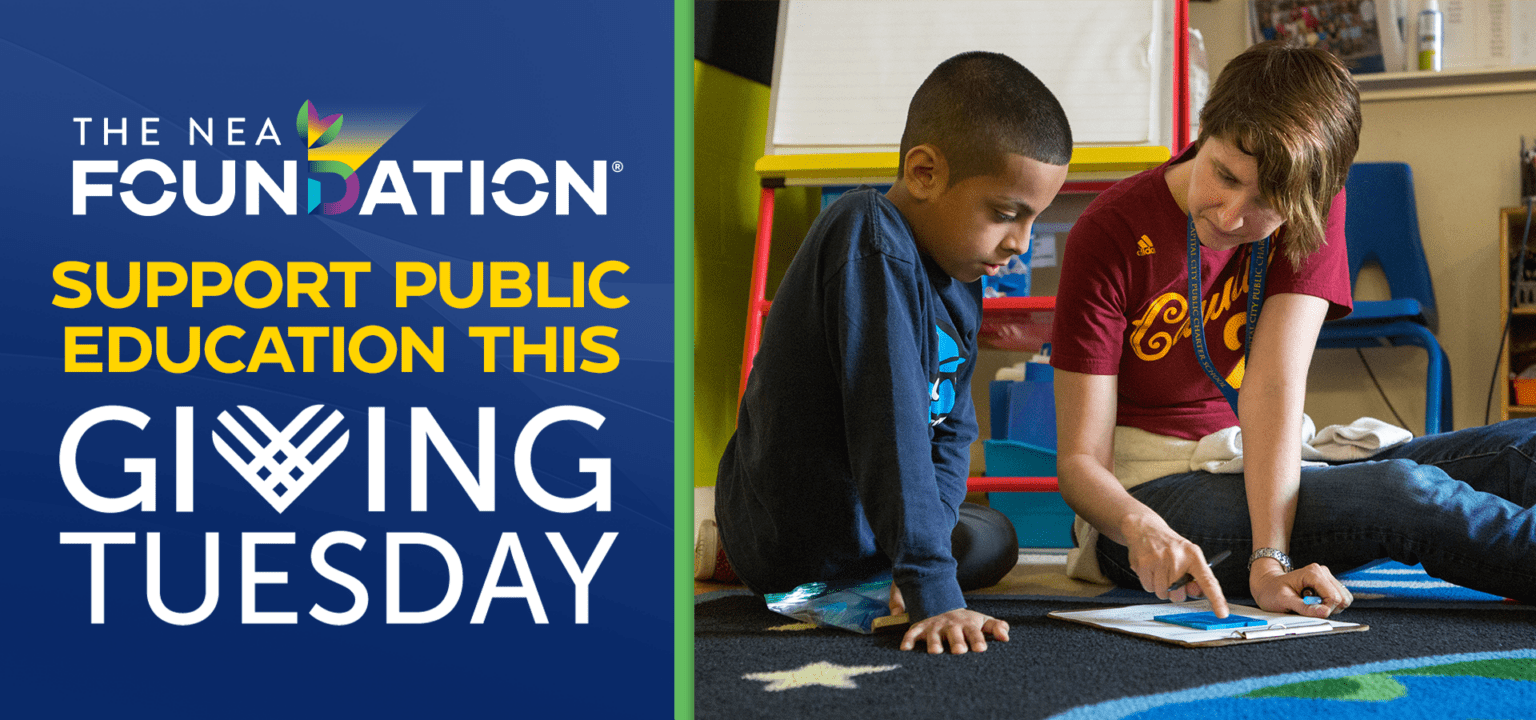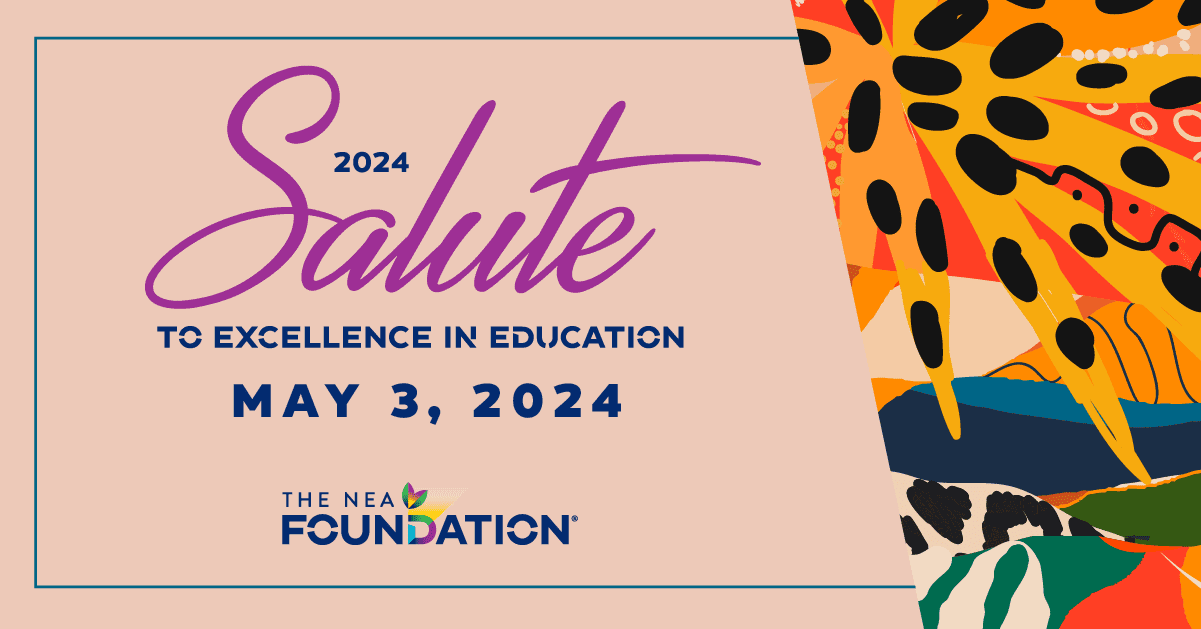Deanne Beausoleil is an art history instructor at Chemeketa Community College in Salem, Oregon. She recently received an NEA Foundation Learning & Leadership grant to study Mesoamerican art and the Spanish language in order to better serve her mostly Hispanic students. Here’s what she had to say about her project and its impact.
Tell us a little about your project.
Chemeketa Community College is considered a Spanish-serving institution with a diverse population, yet very little of our art curriculum included any information about artists from Mexico, Central America, or South America. The goal of my project is to better communicate with my Spanish speaking students and to integrate art by Latinx artists into Chemeketa’s art curriculum.
I started my work by taking Spanish classes at Chemeketa Community College. Following that, I participated in a Spanish immersion program in Guatemala and studied art and architecture in Guatemala and Mexico. I began working with my colleagues to broaden our art history and art appreciation curriculum almost immediately after I returned from Mexico.
How does this project help your students?
Students benefit from my project in many ways. Chemeketa is a diverse college; that diversity should not end when students enter my classroom. Teaching about artists from Mexico, Central America, and South America reinforces that these cultures are important. My students learn that art from the Americas is as important and as well executed as European art. This helps all of my students, regardless of their background.
Most of the new curriculum has been used in Chemeketa’s Understanding Art class, our most popular art class. Attrition in my classes has been very low this year. I attribute that directly to my Learning and Leadership grant.
The information I have gleaned while working on the Learning and Leadership grant project started a new path of inquiry for me – and it has increased my opportunities. I continue to study Spanish language and art from the Americas. This has resulted in my developing relationships with a more diverse range of students and colleagues, leading to a discussion of new projects in the college and the community. These include a show in the Gretchen Shuette Art Gallery that features artwork that reflects on the importance of Mexico in Oregon’s culture and organizing students to participate in the great tradition of Mexican mural painting to produce an artwork for Chemeketa’s campus.
What do your students say about the project?
I have received many notes from students thanking me for the new curriculum. Students appreciate the diversity of the curriculum, and students from Mexico or Central America are happy to see their culture represented in the classroom.
One of my favorite things about the project is when students educate me! Often we will be talking about an artwork, artist, or location and students will correct my pronunciation or add information to the lecture.
What inspires you most about your work?
I have met many people who have inspired me during this project. These include my Spanish teacher at Chemeketa, my colleagues at Chemeketa, my host family and guides from Guatemala and Mexico, and my students. Everyone I have mentioned is invested in my learning, which greatly improves my teaching.
What is your passion – in or outside the classroom?
My passion is storytelling. In the classroom, I incorporate storytelling by teaching art history. Artwork tells the story of a culture. Outside of the classroom, I practice storytelling through performance, comedy, and improv.
There’s still time to apply for an NEA Foundation grant of your very own! The next application deadline for Student Achievement and Learning and Leadership grants is February 1. For help developing your proposal, be sure to check out our grant-writing tutorial.












